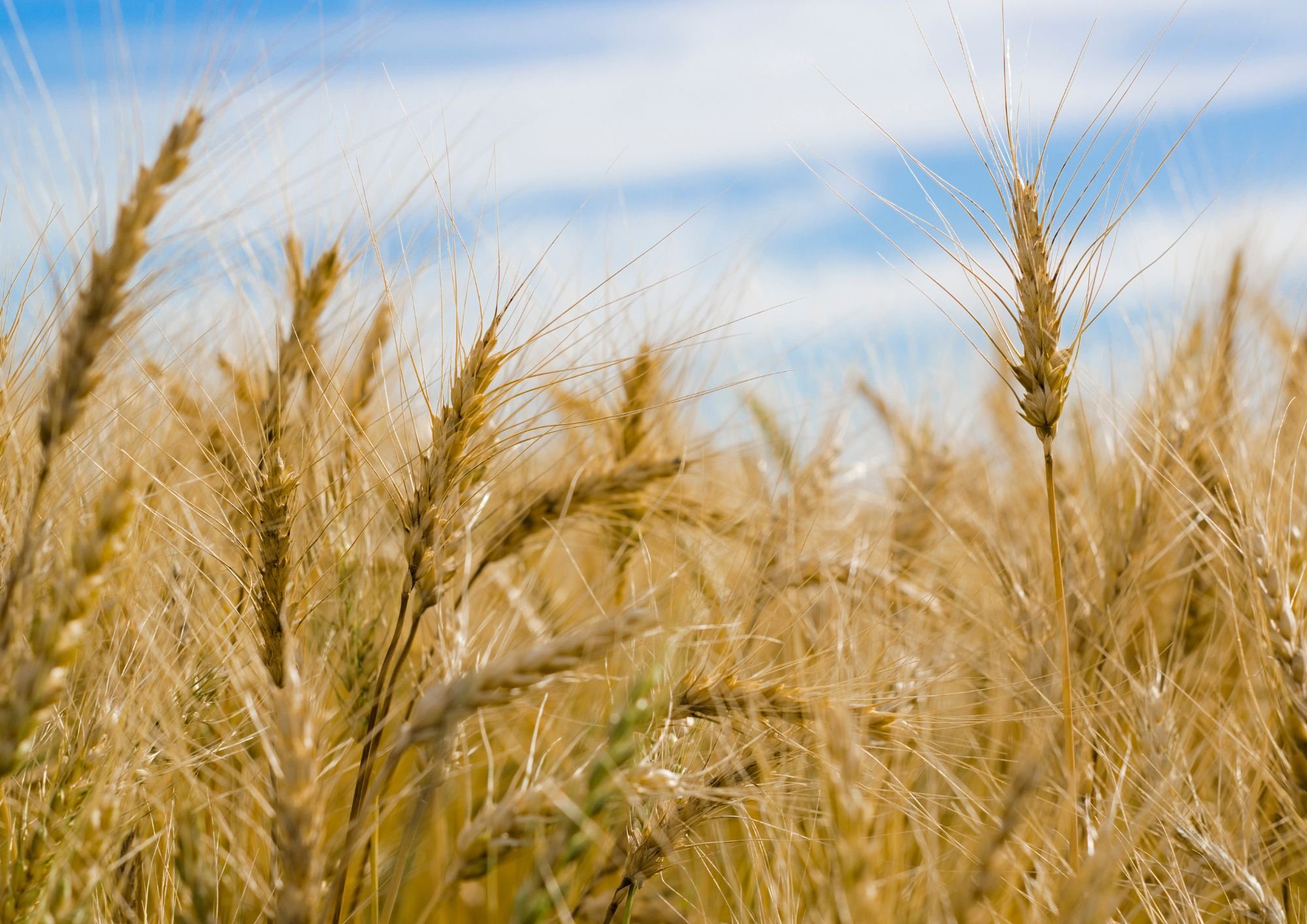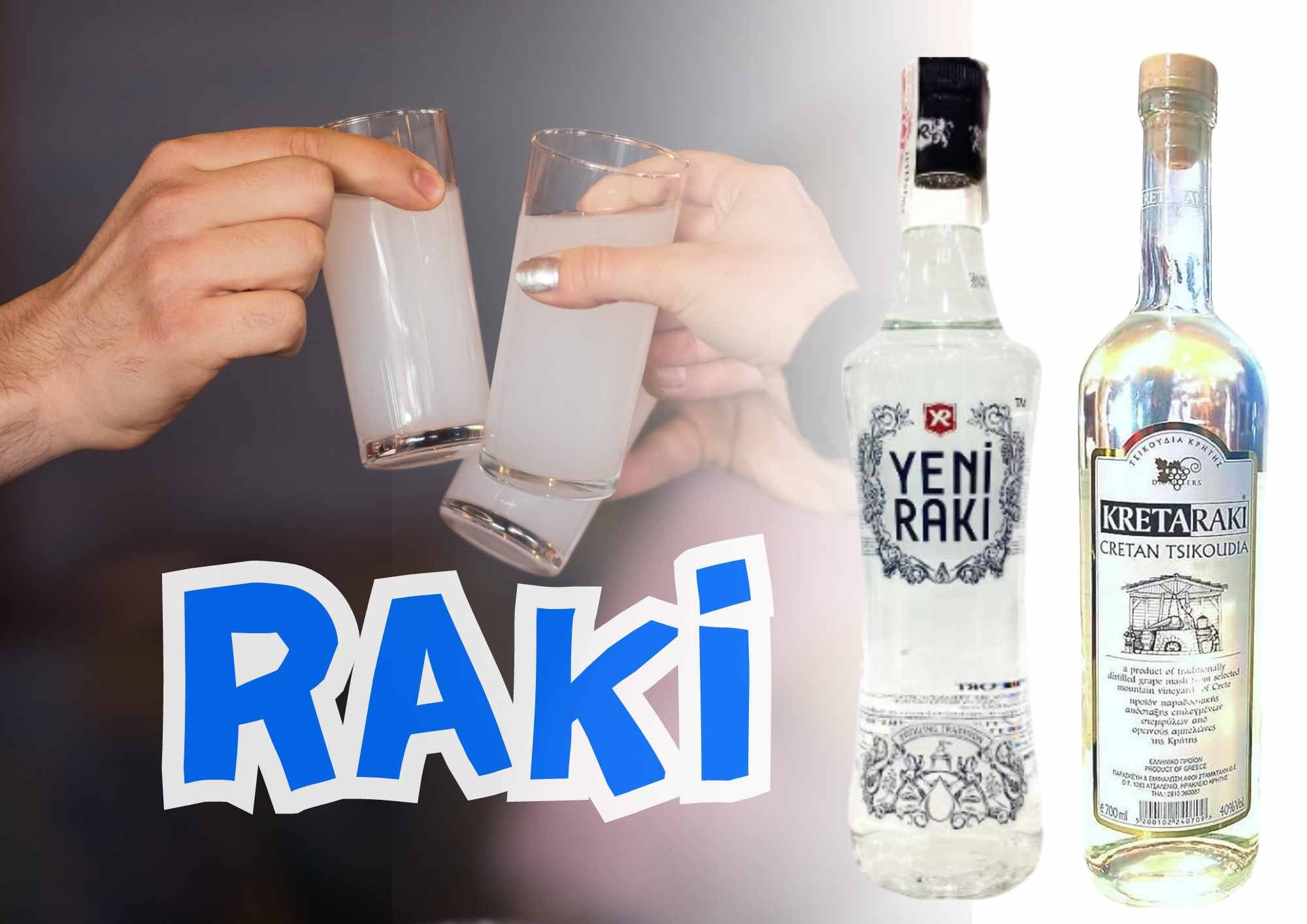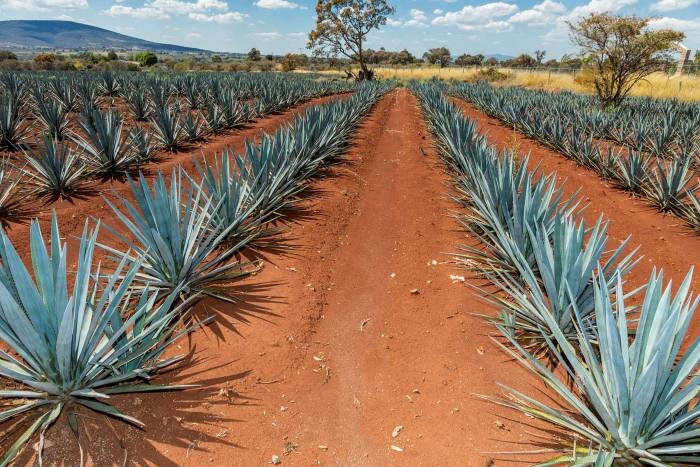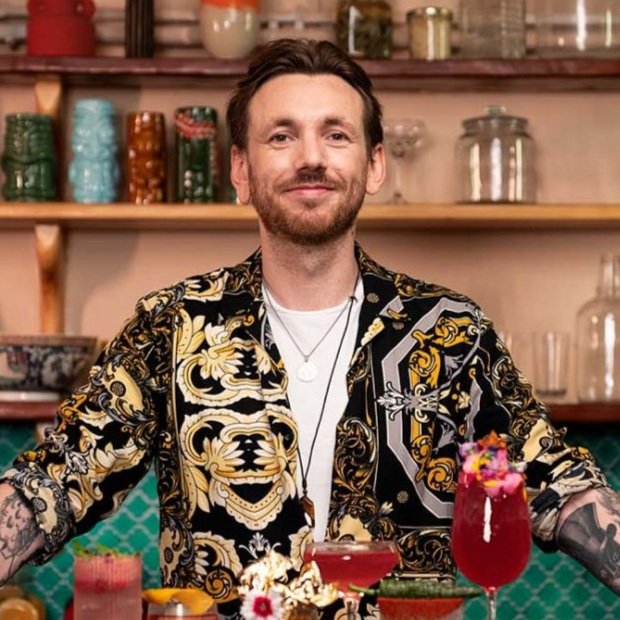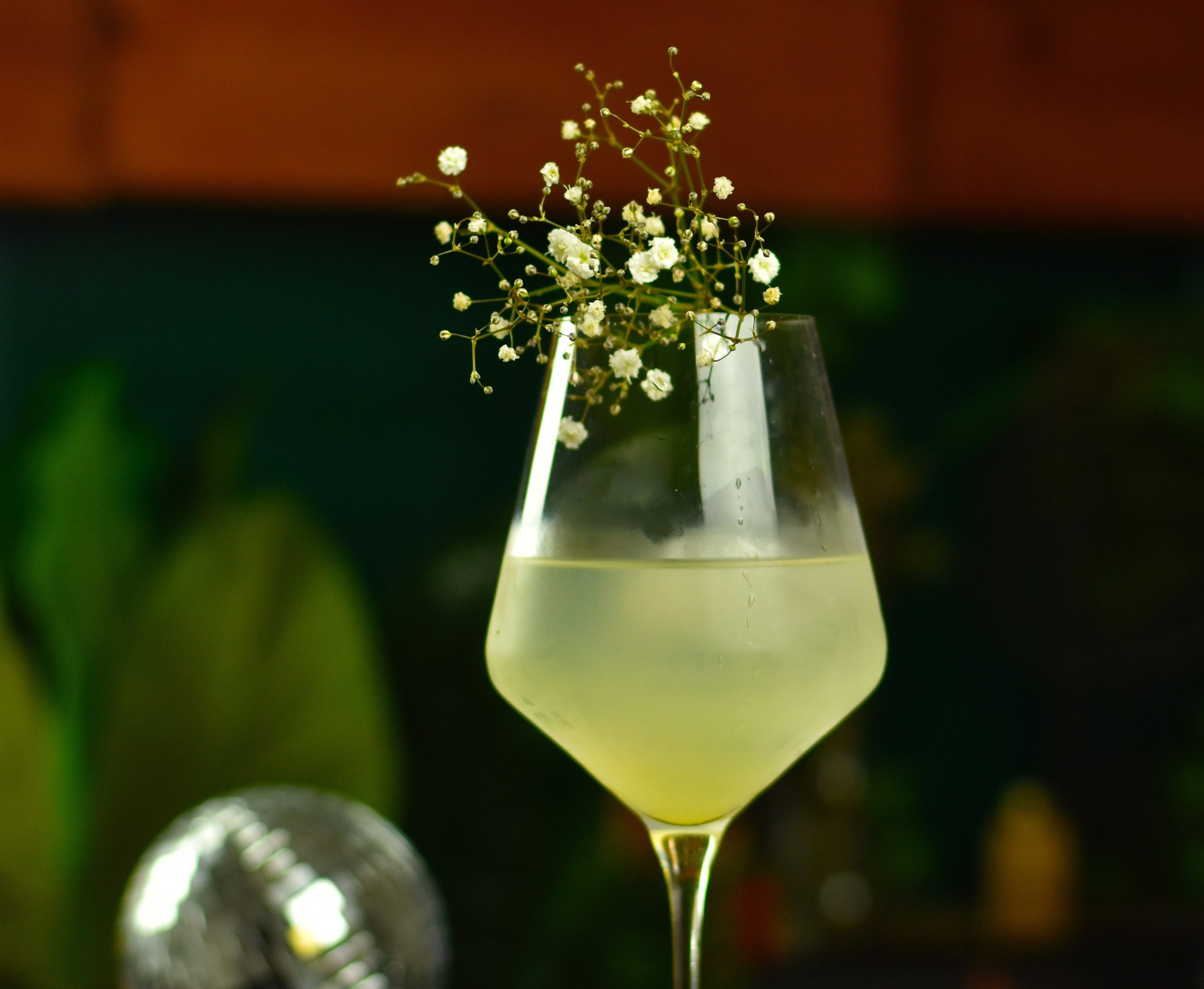What Is Scotch Whisky?
Unraveling the Charm of Scotch Whisky: A Beginner's Guide to the Liquid Elegance.
Curious about Scotch whisky and what is Scotch Whisky but not sure where to start? Born in Scotland. There are two main types: single malt, which is from one single distillery, and blended, where they mix and match to create a smooth blend. It's been around for ages, with a cool history involving laws and regulations. Basically, it's a classy drink with different types, and there's a whole world to explore – just dive in, sip slow, and enjoy! Cheers!
Hey fellow whiskey enthusiasts! If you've ever wondered about what Scotch whiskey is, you're in for a treat. I'm here to guide you through the fascinating world of Scotch, sharing some insights and personal experiences to make your journey even more enjoyable.
Scotch vs. Whiskey: What's the Scoop?
Is Scotch and whiskey the same thing?
Alright, let's break down the spelling saga. When it comes to the name, "Scotch" is not just a whiskey; it's a cultural icon, a spirit that has its roots deeply embedded in the misty landscapes of Scotland. Now, the spelling nitpicking – it's a quirky affair. In Scotland and many other parts of the world, it's "whisky" without the "e." They're proud of that, and it's a nod to tradition. But, wander over to Ireland or the U.S., and you'll find "whiskey" with an "e."
Call it a language quirk, a transatlantic spelling divide, or just a fascinating tidbit – the difference is a testament to the rich tapestry of whiskey heritage. So, when you're sipping your Scotch or whiskey, just remember, the spelling is more than a matter of letters; it's a piece of the whiskey's cultural identity. Cheers to the linguistic nuances in every sip!
Don’t worry, we’ll get into the difference of spellings shortly. For now, just note that Scotch and Whiskey is similar but not the same thing. Technically speaking - Every Scotch is whisky but not every whisky is scotch.
Single Malt vs Blended Scotch Whisky
What is Single Malt Scotch
Imagine taking a journey through the diverse landscapes of Scotland with every sip. That's the magic of single malt Scotch. Crafted from 100% malted barley, this whiskey is like a solo performance – each note distinct and telling a tale of the region it originates from. Whether you're captivated by the peaty embrace of Islay or the fruity nuances of Speyside, single malt Scotch is a flavor expedition.
The important thing to note here is that single malt scotch whisky comes from 1 distillery (or rather, a single distillery)
How it's made: The process begins with malted barley, water, and yeast. After malting and mashing, the liquid undergoes fermentation, converting sugars into alcohol. Distillation, often in pot stills, refines the spirit, capturing the essence of the chosen region. Maturation in oak barrels follows, allowing time to weave its magic and infuse character into the whiskey.
What is Blended Scotch
Blended Scotch is the maestro's symphony, a harmonious blend of single malts and grain whiskies. Picture it as a carefully curated playlist – each component contributing its unique flavor to create a well-rounded and approachable experience. Blended Scotch is like the smooth jazz of the whisky world, appealing to a wide audience with its balanced composition.
How it's made: Blenders play a crucial role in crafting blended Scotch. They skillfully combine single malts and grain whiskies, each chosen for its specific flavor profile. This artistry ensures a consistent and palatable blend. The result is a delightful dance of flavors that cater to various preferences, making blended Scotch an accessible entry point for whiskey enthusiasts.
Unlike single malt, blended whiskies take a few different whiskies from multiple distilleries, then blend and age them.
In the magical world of Scotch whiskey, whether you prefer the solo act of a single malt or the harmonious ensemble of a blended Scotch, each type promises a unique and delightful experience. Cheers to the diversity of Scotch!
The 5 Scotch Regions
Now single malt and blended might be the 2 types of Scotch, but you’ll also notice 5 regions that prop up on bottle labels. Well here are the 5 regions and what it all means;
Scotch Regions Map - image source
Highland:
Characteristics: The Highland region is vast and diverse, encompassing a wide range of landscapes. As a result, Highland whiskies vary widely in flavor. They can be peaty or unpeated, light or full-bodied, and sweet or dry.
Sub-regions: Within the Highland region, there are sub-regions like the Northern Highlands, Southern Highlands, and Western Highlands, each contributing unique characteristics to the whiskies produced there.
Lowland:
Characteristics: Lowland whiskies are often considered lighter and more delicate compared to those from other regions. They are typically unpeated and may have a floral, grassy, or citrusy profile. Lowland distilleries are known for using a variety of distillation techniques.
Examples: Auchentoshan and Glenkinchie are well-known Lowland distilleries.
Islay:
Characteristics: Islay whiskies are renowned for their bold, peaty, and medicinal flavors. The island's unique climate, abundant peat bogs, and maritime influence contribute to the distinctive taste of Islay whiskies. Some expressions can be intensely smoky and briny.
Examples: Laphroaig, Lagavulin, and Ardbeg are famous Islay distilleries.
Speyside:
Characteristics: Speyside, located in the northeast of Scotland, is home to the highest concentration of distilleries. Speyside whiskies are known for their sweet, fruity, and often complex profiles. Many iconic Scotch brands originate from this region.
Examples: Glenfiddich, Glenlivet, and Macallan are well-known Speyside distilleries.
Campbeltown:
Characteristics: Once a thriving whisky-producing region with numerous distilleries, Campbeltown is now home to only a few. Campbeltown whiskies often exhibit a maritime influence, with a mix of peaty and briny notes. They can be robust and full-bodied.
Examples: Springbank and Glen Scotia are notable distilleries in Campbeltown.
The History of Scotch Whisky
History of Scotch - Image Source
The Birth of Scotch Whiskey. Let's embark on a historical odyssey to uncover the fascinating origins of Scotch whiskey. The tale begins in the misty landscapes of Scotland, where, in the midst of medieval times, ingenious Scots discovered the art of distillation. It wasn't an instant revelation, but a gradual evolution led by monks and alchemists seeking medicinal elixirs. The alchemy took a spirited turn, and by the late 15th century, aqua vitae, the water of life, started flowing.
It’s good to note that almost all distilled spirits some how got it’s start being named aqua vitae. You’ll find the same in the history of Vodka, Gin, Aquavit, and just about everything else.
The Legal Tapestry:
Title page of the 1823 Excise Act - Image Source
From Bootleggers to Regulations. Fast forward to the 19th century, a pivotal period in the Scotch whiskey saga. The Excise Act of 1823 marked a turning point, legalizing the production of whiskey and providing a framework for legitimate distilleries. This wasn't merely a legal milestone; it was a nod to the craftsmanship and heritage of Scotch whiskey.
Protected Geographical Indication: Safeguarding Scotch Heritage Now, let's talk legalese – the protection of the Scotch name is serious business. In 2009, Scotch whiskey earned its stripes with Protected Geographical Indication (PGI). This status means that only whiskey produced in Scotland, adhering to specific regulations, can bear the coveted title of Scotch. It's not just a drink; it's a piece of Scottish identity protected by law.
How Scotch Whisky is Made
What Is Scotch Whisky Made From? From Barley to Bottle
Now, let's dive into the nitty-gritty of what Scotch whisky is made of. It all starts with quality ingredients – malted barley, water, and yeast. Picture golden barley fields kissed by Scottish rain – that's the beginning of your whisky adventure.
Personal Touch in Distillation
Fermentation and distillation are where the magic happens. Whether it's the pot stills of your favorite Speyside distillery or the column stills of the Highlands, each drop carries the essence of the region. It's like meeting an old friend with every sip.
Maturation: Time is the Secret Ingredient
Ah, the allure of oak barrels! Scotch ages gracefully, gaining color, flavor, and complexity over time. It's like a good friendship – the longer it lasts, the more layers it unveils. And yes, every barrel has its own story to tell.
What is the difference between Whiskey and Whisky
As promised, lets delve deeper into the differences which the pesky spelling of whisky.
Geographical Influence on the Spelling
The spelling divergence has historical roots. When Irish and Scottish immigrants brought their distillation traditions to the United States, they retained their respective spellings. Over time, regional preferences solidified, and the difference in spelling became a distinctive trait of the spirits produced in each locale.
Ingredient and Production Variances
While the spelling might be the most apparent difference, there are also variations in the production methods and ingredients used. Scotch whisky, for example, often emphasizes malted barley, while bourbon, a type of American whiskey, has specific regulations regarding its mash bill, with at least 51% corn.
Barrels and Maturation
The type of barrels used for maturation is another distinguishing factor. Scotch whisky typically matures in used oak barrels, often ones that previously held sherry or bourbon, adding nuanced flavors. American whiskeys, on the other hand, often use new charred oak barrels, contributing a distinct vanilla and caramel character.
Regulations and Definitions
Both whiskey and whisky are broad terms encompassing various styles, and different regions have their regulations dictating what can be labeled as such. Understanding these regulations can give you insights into the unique characteristics of each spirit and the pride each region takes in producing its version.
What Makes a Scotch Expensive?
The Artistry Behind the Price Tag. Ever wondered what elevates a Scotch whiskey to the upper echelons of price tags? It's a captivating blend of craftsmanship, time, and rarity. First off, the ingredients play a pivotal role. Some distilleries opt for exclusive grains and pristine water sources, elevating the raw materials to a level of unparalleled quality.
Aging Gracefully: The Role of Time The aging process is a patient dance with time. Expensive Scotch whiskies often spend decades maturing in carefully selected oak barrels. This extended period allows the flavors to deepen, intensify, and develop unique characteristics that set them apart. It's not just aging; it's the alchemy of time transforming a spirit into a work of art.
Limited Editions and Rarity Imagine owning a piece of liquid history. Limited editions and rare releases contribute significantly to the cost. Some bottles are produced in limited quantities, celebrating special occasions, anniversaries, or unique blends that might never be replicated. Rarity, coupled with exquisite craftsmanship, adds an air of exclusivity.
The most expensive scotch ever sold at auction was quite recent - November 2023 and that was a Macallan scotch. A very prestigious name in the world of Scotch which most people (even with minimal scotch knowledge) are familiar with. Specifically, it was this bottle…
The Macallan Valerio Adami 1926 60 Year Old – $2.7m
Originally estimated at $934,274. The Macallan Valerio Adami 1926 60 Year Old sold for more than $2.7 million at an auction at Sotheby’s in London in 2023. The transaction set a new auction record for any bottle of spirit or wine sold.
The Most Expensive Scotch Whisky’s
Look around some auction sites and you’ll soon find out that certain rare and collectable whiskies can really start to get expensive. I’d be here all day if we were to go through all of them, so here are just a few of the most sort after and worthy of a mention whiskies that will cost an arm and a leg.
Dalmore 62-Year-Old: A Liquid Masterpiece When we talk about the crème de la crème, the Dalmore 62-Year-Old stands tall. Priced at astronomical figures, this masterpiece spent six decades maturing in American white oak, Matusalem Oloroso sherry casks, and port pipes. With only a handful of bottles in existence, it's a rare gem sought after by collectors and connoisseurs alike.
Price: $250,000
The Macallan Fine & Rare Collection: A Journey Through Time The Macallan Fine & Rare Collection is a series of vintage releases, each bottle telling a story of a specific year and a unique cask. Bottles from this collection command high prices, with some dating back to the early 20th century. It's not just whiskey; it's a journey through time encapsulated in a bottle.
Price: Between $20k and $150k
The Balvenie 50-Year-Old: A Half-Century Marvel For those seeking the pinnacle of age, The Balvenie 50-Year-Old is a marvel. Distilled in the 1960s and bottled after half a century, this expression is a testament to the patience and dedication of the distillers. With a limited number available, it's a rare and exquisite sip of history.
Price $40k
Ardbeg 1815: A Vintage Rarity Ardbeg 1815 pays homage to the distillery's founding year. Bottled in 2015, this expression is not just about age but also the historical significance it represents. Limited to a select few bottles, it's a collector's dream and a taste of Ardbeg's legacy.
Price: $15k
These examples showcase not only the exceptional craftsmanship but also the stories and rarity that contribute to the allure of the most expensive Scotch whiskies. Each bottle is not just a drink; it's a piece of history and a testament to the dedication of the master distillers.
Best Scotch Whisky Recommendations
General Recommendations: Your Gateway to Scotch
Embarking on your Scotch adventure? Start with some well-regarded options like Glenfiddich, Glenlivet, or Macallan. They're like the friendly neighbors who welcome you into the whisky community.
Johnnie Walker Blue Label: A Crowd Favorite
If you’re just getting into Scotch you don’t want to go spending all your money on big collectable rare whiskies. You want something nice that you will actually drink.
But you also want something popular, a name that people are familiar with.
And at the same time you want something interesting still.
That’s quite the requirement list but one I believe Johnnie Walker blue label fits perfectly. It’s a familiar and trustworthy brand but a brilliantly interesting expression.
How to drink Scotch Whisky
Choosing the Right Glass
Before we dive into the sipping techniques, let's talk about glassware. Opt for a tulip-shaped glass or a Glencairn glass. These designs concentrate the aromas, enhancing your overall tasting experience. A broader base and tapered rim allow you to appreciate the nuances of the Scotch.
Check out this whole guide on all the different whisky glasses, what they mean and whether you should get one.
The Best Glasses for Sipping Scotch
Serving Temperature Matters
Scotch whisky reveals its flavors best when served at the right temperature. Unlike many spirits, it's generally enjoyed at room temperature or slightly chilled. Avoid serving it too cold, as extreme temperatures can mask the intricate flavors. Let it breathe a bit before sipping.
To Add Water or Not?
The eternal debate – to add water or not? This one's a personal preference. Adding a few drops of water can open up the whisky, releasing hidden aromas and softening the intensity. However, some enthusiasts prefer it neat. Experiment to find what suits your palate.
Sip, Don't Shoot
Scotch whisky is meant to be savored. Take small sips, allowing the flavors to linger on your palate. Avoid shooting it back; instead, let the liquid coat your tongue, uncovering layers of complexity with each sip.
Savor the Journey
Scotch whisky isn't a race; it's a journey. Take your time. Explore the aromas, let the flavors dance on your palate, and appreciate the craftsmanship in every drop. The more you savor, the more you'll uncover the hidden gems within the glass.
Pairing with Food
Consider pairing your Scotch with complementary flavors. Delicate whiskies might pair well with seafood, while smoky ones could be a match for hearty cheeses or chocolates. Experiment with different combinations to find what tickles your taste buds.
Tips for Enjoying Scotch Whisky
Pull up a chair, my friend. We're getting into the details. The right glass, the perfect temperature, and the age-old debate of adding water – it's all part of the ritual. Sip slowly, savor every moment, and let the flavors dance on your palate.
Scotch Whisky in Cocktails
If you’re into the cocktail side of whiskies, well you’re in the right place. Because cocktails is what’s at the heart of this website. Check out these whisky cocktails below that you simply must try;
Conclusion
Congratulations! You've just scratched the surface of the enchanting world of what Scotch whisky is. Whether you're a seasoned sipper or a curious newcomer, there's always more to explore. So, go forth, pour yourself a dram, and let the adventure unfold. Now before you shoot off, here are a few other articles on whisky you will enjoy.
More Spirit Guides
Search Drinks
Cocktails, Non-alcoholic, Wine, Coffee, Drink guides, Techniques, Fermentation
All Recipes
Hi, I’m Cameron, guv’nor of Smartblend. If you liked this then you’re in luck, I have a bunch more recipes like it. I share only vegetarian and pescatarian food recipes, cocktails, and drink guides with a sprinkling of wellness and mindful drinking. If that sounds like you, then stick around!
Related Recipes
Smartblend is a participant in the Amazon Services LLC Associates Program, an affiliate advertising program designed to provide a means for sites to earn advertising fees by advertising and linking to amazon.co.uk and amazon.com. Smartblend does earn a small commission on goods purchased through the included links. Don't worry, it doesn't cost you any more, but we do appreciate your referral!







